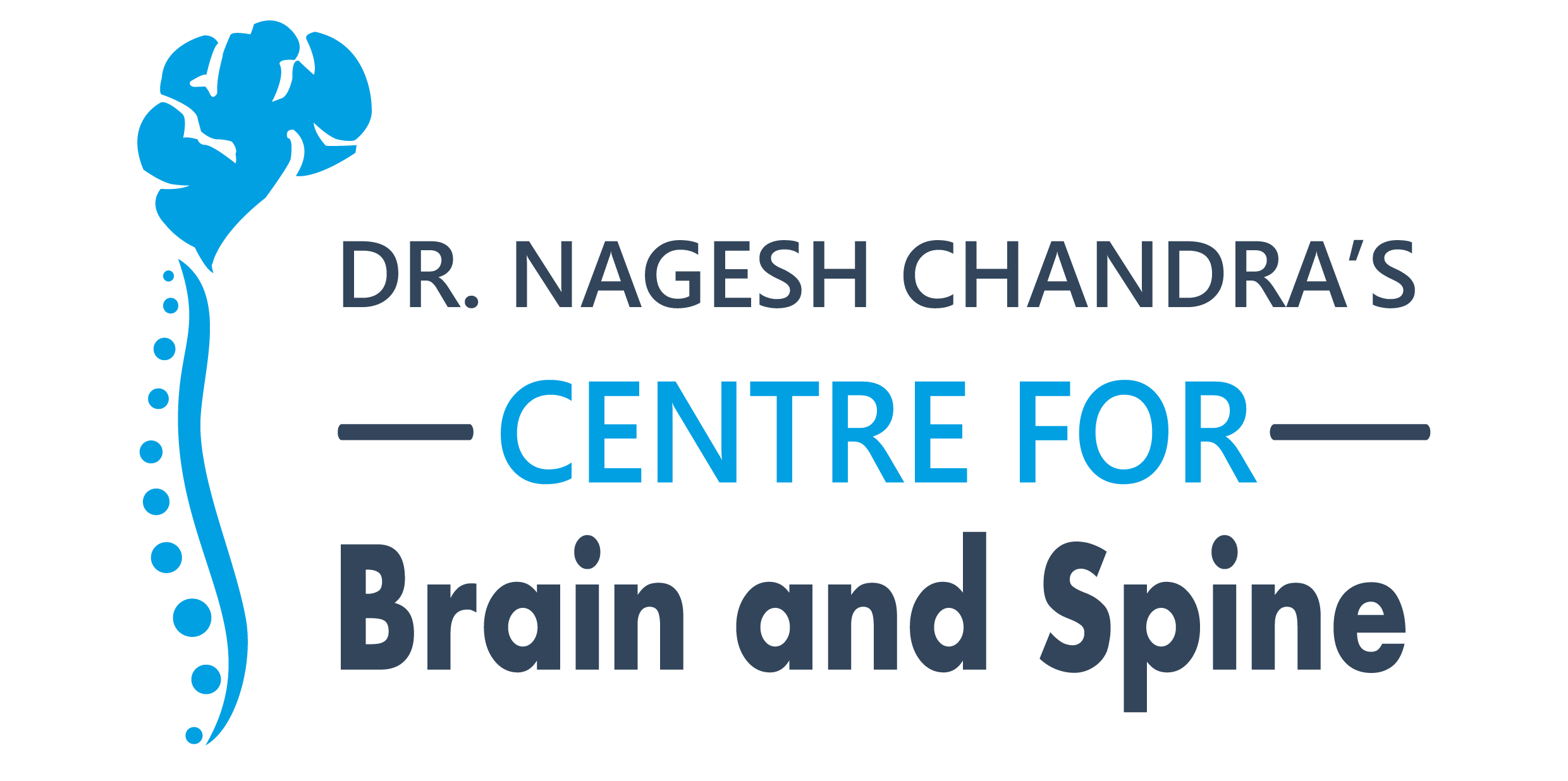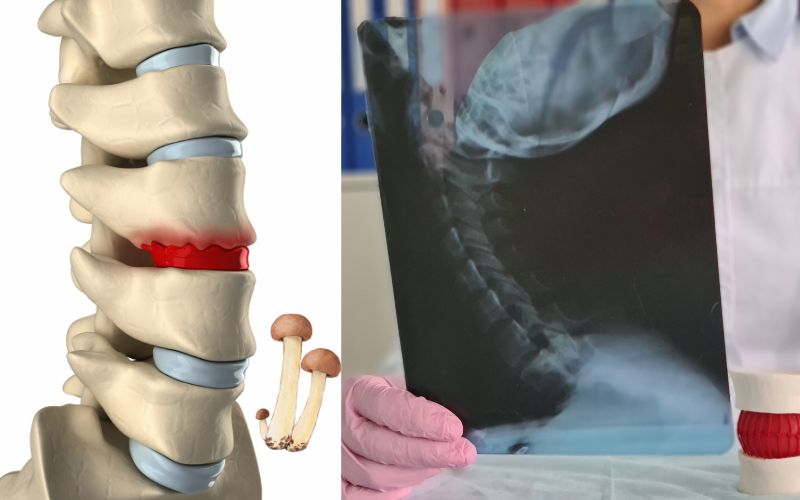Osteophytes, often called bone spurs. Many people feel pain, but they do not know the cause. This article clearly explains what osteophytes are. It also discusses why they form in the body. We will focus on the best treatment options available. These treatments are offered by a Neurosurgery specialist in Delhi. You will gain a much better understanding of this common condition.
Osteophytes meaning is simply a bone projection. These projections form along bone edges. They most often occur at joints. They also happen near the spine. These are a natural part of the aging process. They are the body’s way of trying to repair damage. They try to stabilize a joint that has wear and tear. However, these bony growths often cause pain. They limit movement significantly. This article serves as a guide for you. It helps you understand your symptoms. It also shows you the path to relief. Finding an expert Neurosurgeon in Delhi is a very important step.
What Are Osteophytes? Bone Spur Meaning
An osteophytes bone spur is not a new or extra bone. It is an extension of an existing bone. It grows outward from the bone’s edge. Imagine a joint working smoothly. Cartilage cushions the bone ends. Over time, this cartilage wears away. This process is called degeneration. The body tries to fix this damage. It lays down extra bone material. This extra bone forms the spur. The correct term is osteophytes. This condition can affect any joint in the body. Common sites include the spine, knees, hips, and shoulders.
The term osteophytes meaning in Hindi is ‘haddi ka ubhaar’ (हड्डी का उभार). It means a bone prominence or bump. It describes the physical growth easily. It shows how simple the structure is. But the effects of this simple growth are not simple. They can be very painful and disruptive. Understanding this formation is key. It helps you understand the pain you feel. It helps in seeking the right medical help.
Why Does Osteophytes Formation Happen? Osteophytes and Bone Spur causes
The development of bone spurs is multifactorial. This means many things cause them. They generally result from long-term stress. They come from instability in a joint. The body senses the joint is weak. It tries to strengthen it, but sometimes it overcompensates.
Degenerative Joint Disease (Osteoarthritis)
This is the most common cause. Osteoarthritis is a wear-and-tear disease. The cartilage in the joint breaks down over time. Cartilage normally acts like a cushion. When it disappears, bones rub against each other. The body reacts to this friction. It forms osteophytes formation to increase the joint’s surface area. It tries to distribute the pressure. This process happens slowly over many years. It is a slow, gradual condition.
Aging and Spinal Changes
As we get older, our spines also change. The discs between the vertebrae dry out. They lose height and flexibility. This loss of height causes instability. The ligaments surrounding the spine thicken. The vertebrae edges become irritated. The body attempts to fuse the unstable area. This fusion attempt causes the growth of osteophytes lipping along the spine edges. This is very common in older adults.
Trauma and Injury
A sudden injury can also start the process. A fracture or a ligament tear changes a joint’s biomechanics. The joint moves differently now. This new movement creates abnormal stress points. The body responds to this stress. It starts producing bone spurs at the point of injury. Old injuries are often the quiet cause. They are a forgotten reason for later pain.
Poor Posture and Biomechanics
The way we sit and stand matters very much. Poor posture puts constant stress on certain joints. For example, forward head posture strains the neck spine. This continuous pressure is not normal. The body tries to stabilize the stressed areas. This causes osteophytes neck growth. This is becoming more common now. We spend much time looking down at screens.
Inflammatory Conditions
Certain conditions cause chronic inflammation. These include gout or specific types of arthritis. Long-term inflammation damages the joint structures. This damage can also trigger the bone spur response. The constant cycle of damage and repair leads to growth.
Where Osteophytes Cause the Most Trouble
Bone spurs can grow anywhere. However, some areas cause more symptoms than others. The location dictates the type of pain. It also dictates the treatment needed.
Osteophytes in the Spine
The spine is a common site for these growths. They can occur in the cervical (neck), thoracic (mid-back) or lumbar (lower back) regions
- Cervical Spine (Neck): Osteophytes neck growth can press on nerve roots. This causes pain, numbness and tingling. These sensations run down the arm. Severe cases compress the spinal cord. This is a very serious condition. It requires immediate attention.
- Lumbar Spine (Lower Back): Osteophytes lumber spurs can narrow the space. This space is called the spinal canal. This narrowing is called spinal stenosis. It puts pressure on the nerves. It causes leg pain, known as sciatica. Standing or walking worsens the pain. Sitting often relieves the symptoms.
Osteophytes in the Knee
Osteophytes in the knee are extremely common. They form along the knee joint edges. They restrict the joint’s smooth movement. They are a key sign of knee osteoarthritis. They can cause a grinding sensation. They also cause pain during walking. The knee joint becomes stiff. It feels less stable.
Osteophytes Disease Diagnose
Diagnosis is usually straightforward. It begins with a thorough physical exam. The doctor asks about the pain. They test the joint’s range of motion.
Imaging Techniques
- X-rays: These are the primary tool. X-rays show the bone structures clearly. Osteophytes disease is easily visible. The size and location of the spurs are clear.
- CT Scans: A CT scan provides more detailed cross-sectional images. This is very helpful for complex areas. The spine is a good example.
- MRI Scans: An MRI is not for the bone spur itself. It shows the soft tissues well. It checks for nerve root or spinal cord compression. It shows disc damage too. This helps the doctor plan treatment
Best Neurosurgery Treatment in Delhi for Osteophytes
The goal of treatment is twofold. It must relieve pain first. Then, it must restore function and stability. Treatment options vary greatly. They range from simple lifestyle changes to complex surgery. The best treatment plan is tailored to the patient
Non-Surgical Management (First Line of Defense)
For many patients, surgery is not needed. Non-surgical methods are very effective.
- Medication:
- Pain Relievers: Over-the-counter drugs like paracetamol reduce mild pain
- Anti-Inflammatories: NSAIDs reduce inflammation and pain. They are used for short periods. Long-term use needs a doctor’s supervision
- Physical Therapy: This is a crucial step. A therapist teaches specific exercises. These exercises strengthen the muscles around the joint. They improve flexibility and posture.
- Injections: Steroid injections deliver strong anti-inflammatory medicine. They go directly into the painful area. This provides quick but temporary relief. It helps in severe flare-ups.
When to Consult a Neurosurgeon in Dwarka.
Surgery becomes necessary when non-surgical methods fail. It is needed when the bone spur severely presses on a nerve. It is also needed if the spur is compressing the spinal cord. This compression can cause weakness. It can also cause bladder or bowel dysfunction. This is a medical emergency. You need a specialized Neurosurgeon in Dwarka
A Neurosurgeon in Delhi specializes in the nervous system. This includes the brain and the entire spine. When a spur affects a nerve, a neurosurgeon is the best specialist. They perform precise procedures.
Common Surgical Procedures.
- Decompression Surgery (Laminectomy or Discectomy): This procedure removes the bone spur. It also removes any other material. This material might be pressing on the nerve. For the spine, the surgeon removes part of the bone. This creates more room for the nerves.
- Foraminotomy: This surgery widens the hole. The hole is called the foramen. The nerve root exits the spinal canal through this hole. Widening it relieves nerve pressure. This procedure is common for osteophytes lumber or neck spurs.
- Spinal Fusion: Sometimes the joint is too unstable. After removing the spur, the surgeon may fuse the vertebrae. This stabilizes the spine. This prevents future problems. It stops motion at the affected segment.
Lifestyle Changes to Manage and Prevent Osteophytes.
Treatment is not just about doctors and surgery. Your daily habits matter significantly. You can actively manage the condition. You can also prevent further progression.
- Maintain a Healthy Weight: Excess body weight stresses the joints. This is especially true for the knees and hips. Losing weight reduces this stress. This slows down cartilage breakdown
- Regular and Low-Impact Exercise: Activities like swimming or walking are great. They keep joints mobile. They strengthen muscles. They do not excessively stress the joints
- Good Posture: Always use ergonomic chairs. Maintain correct posture while lifting
- Heat and Cold Therapy: Applying heat relaxes stiff muscles eases joint pain.. Cold packs reduce acute inflammation. Alternating between the two can be very helpful
Dealing with bone spurs can be frustrating. You might feel like the pain will never stop. But, effective treatment options exist. They can restore your quality of life significantly. You need a detailed diagnosis. You need a personalized treatment plan.
In Delhi finding a highly qualified Neurosurgeon in Dwarka is crucial. For complex spine-related osteophytes bone problems. A neurosurgeon offers the highest level of care. They possess the necessary skills. They treat the nerve and spinal compression safely
For world-class care consider the Center for Brain and Spine. We specialises in advanced neurological and spinal care. Our team provide comprehensive services. These range from conservative pain management to advanced spine surgery. Consult an expert today. Take the first step toward a pain-free life.
FAQs
Osteophytes disease is not always serious. Many people have spurs with no symptoms. It becomes serious when it presses on a major nerve. It is also serious when it compresses the spinal cord. This can lead to significant pain or weakness. Serious symptoms require urgent medical care. You should see a specialist for any numbness
No bone spurs do not go away naturally. Once the extra bone forms it stays. The body does not reabsorb the calcium growth. Treatment focuses on relieving the symptoms. We manage the inflammation and pain. Surgery is the only way to remove the spur physically. Surgery is needed only if the spur causes major problems
Recovery time varies a lot. It depends on the type of surgery. It depends on the patient’s overall health. Minimally invasive procedures have a shorter recovery. It might take a few weeks to feel better. Major spinal fusion surgery takes longer. Full recovery can take several months. Physical therapy is always a part of the recovery process.
Osteophytes are much more common in older people. This is because they result from wear and tear. However young people can also get them. Severe joint injury can cause early spur formation. Inflammatory conditions can also cause them in young people. Athletes sometimes develop them from repetitive stress
Arthritis is a joint disease. It causes inflammation and cartilage damage. Osteophytes are a result of arthritis. They are the body’s reaction to the joint damage. Arthritis is the fire and bone spur as the scar tissue. They are related but not the same thing

